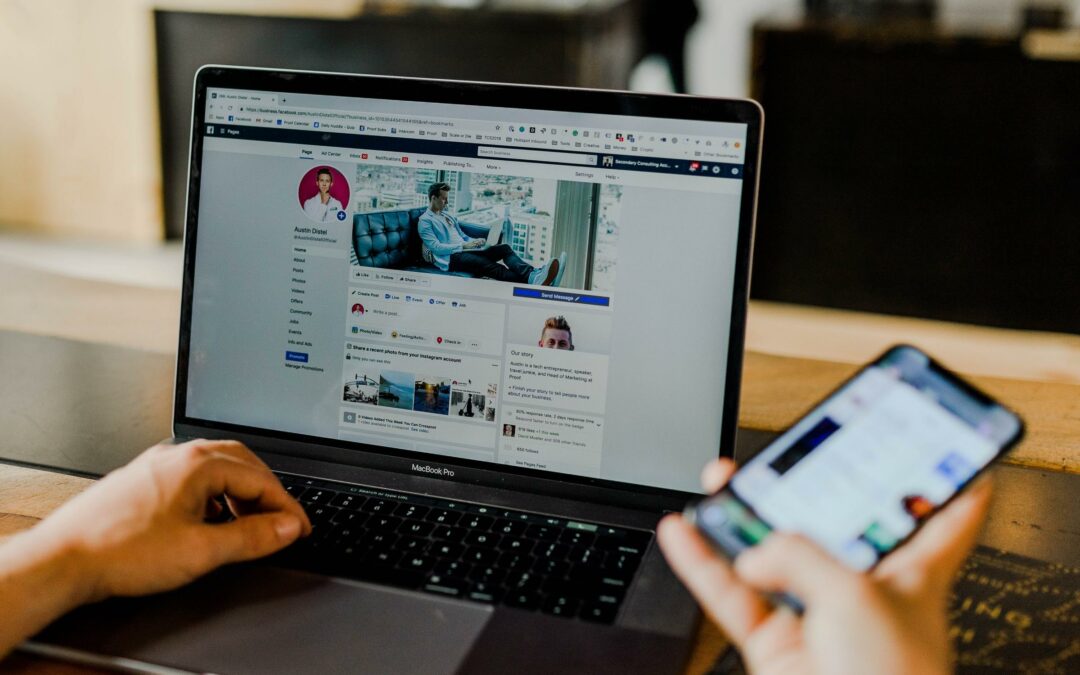It may only be April, but 2020 has more than made its mark on history just within its first quarter. The outbreak of the novel coronavirus—which leads to the disease COVID-19—is without a doubt the singular phenomenon that will define 2020 for decades to come. COVID-19 and governments’ responses to it with social distancing measures, mandated stay-at-home orders, and full lock-downs in some parts of the world have affected virtually every aspect of life as we know it. Now you can’t go on social media and COVID-19 not be trending.
Millions of people have either lost their jobs or are working from home. Schools are closed and children are being educated via virtual distance learning. All businesses that have been deemed non-essential for society—including bars, dine-in restaurants, department stores, salons, etc. etc.—have been shuttered indefinitely. All of these measures have been taken for good reason: to flatten the curve, or slow the spread of the coronavirus as it sweeps the globe at an alarming rate in order to avoid overwhelming the healthcare system’s critical care capacity—a terrifying outcome that would have disastrous, deathly consequences for many patients.
COVID-19 and its consequences—healthwise, socially, business-wise, and financially—are basically all that is on anyone’s mind these days. The novel coronavirus pandemic has already had an unprecedented impact on daily life and the people living through it, and it’s only just the beginning. As the world begins to settle into a “new normal”, COVID-19 is still going strong as it continues to spread across the globe. The viral pandemic is expected to continue to play out over the rest of 2020 and maybe even beyond until a concrete vaccine is discovered and made available for widespread distribution—which will likely take at least 12 to 18 months.
How exactly the novel coronavirus pandemic will play out is still uncertain and depends largely on how closely people adhere to social distancing guidelines and stay-at-home mandates. Regardless of what happens in the future, though, COVID-19 has already made its mark on the world and will forever be a part of global history. It will be remembered for decades and likely centuries to come—just like other major historical viral outbreaks such as the Spanish Flu pandemic of 1918 or the SARS pandemic of 2003.
There are many things that set the novel coronavirus pandemic apart from pandemics of the past. One notable distinguishing factor is the fact that COVID-19 arrived in the age of social media, at a time when virtually everyone updates each other regularly about their thoughts and experiences via social media platforms like Facebook, Instagram, Twitter, etc. etc.
While they are stuck inside, many people are using social media to document their own personal experiences through COVID-19. Social media is how many people are staying in touch while apart through social distancing mandates and stay-at-home orders, getting updates from, and updating family and friends through this uncertain time. There is no doubt that social media will play a major role in how the COVID-19 pandemic is remembered for decades to come. Here are three things to consider about how today’s widespread social media use will impact how the next generations remember the COVID-19 pandemic into the future.
How Social Media Will Impact How the Future Remembers the COVID-19 Pandemic
- More Documentation
COVID-19 will be the most heavily documented global pandemic to date. Each and every stage of the virus is being documented in real-time by people living through it via posts on social media. Even many healthcare professionals and scientific experts have taken to social media to post facts and updates as they arise in order to combat the misinformation about COVID-19 that seems to be spreading as quickly as the virus itself.
The level of public documentation that social media allows will help future generations get more information on the coronavirus than has ever been available with regards to any pandemic in the past. It will also likely help them relate better to the fear, uncertainty, and confusion that has swept the globe along with the virus during this time.

Idris Elba announces he has COVID
- Personal Stories
Social media allows people to post their own first-hand accounts of their experiences throughout COVID-19. You can post a long rant as your Facebook status, or you can post pictures of yourself heading out to brave the grocery store in a mask.
The prevalent availability of more personal stories from real people will allow future generations to get a better glimpse into what living through COVID-19 was really like on a day-to-day basis.
- Iconic Imagery
Imagery is powerful, and almost every large world event has “those pictures” that almost become symbols of the event itself. These images—like the image of a vulture stalking a starving child during the famine in Sudan, the image of a naked little girl fleeing napalm during the height of Vietnam War, and the image of a man falling to his death from the burning Twin Towers on 9/11—have become universal symbols of the horrific event that was happening when they were captured.
While they may not be iconic yet as the novel coronavirus still rages across the globe, there is no doubt that many of the particularly poignant COVID-19-related images that have gone viral on social media will become icons of the novel coronavirus pandemic that are recognizable for decades to come. It is very likely that the images that eventually become symbolic icons of COVID-19 will be taken from viral social media posts by real people living their lives through the height of this viral outbreak.


Recent Comments